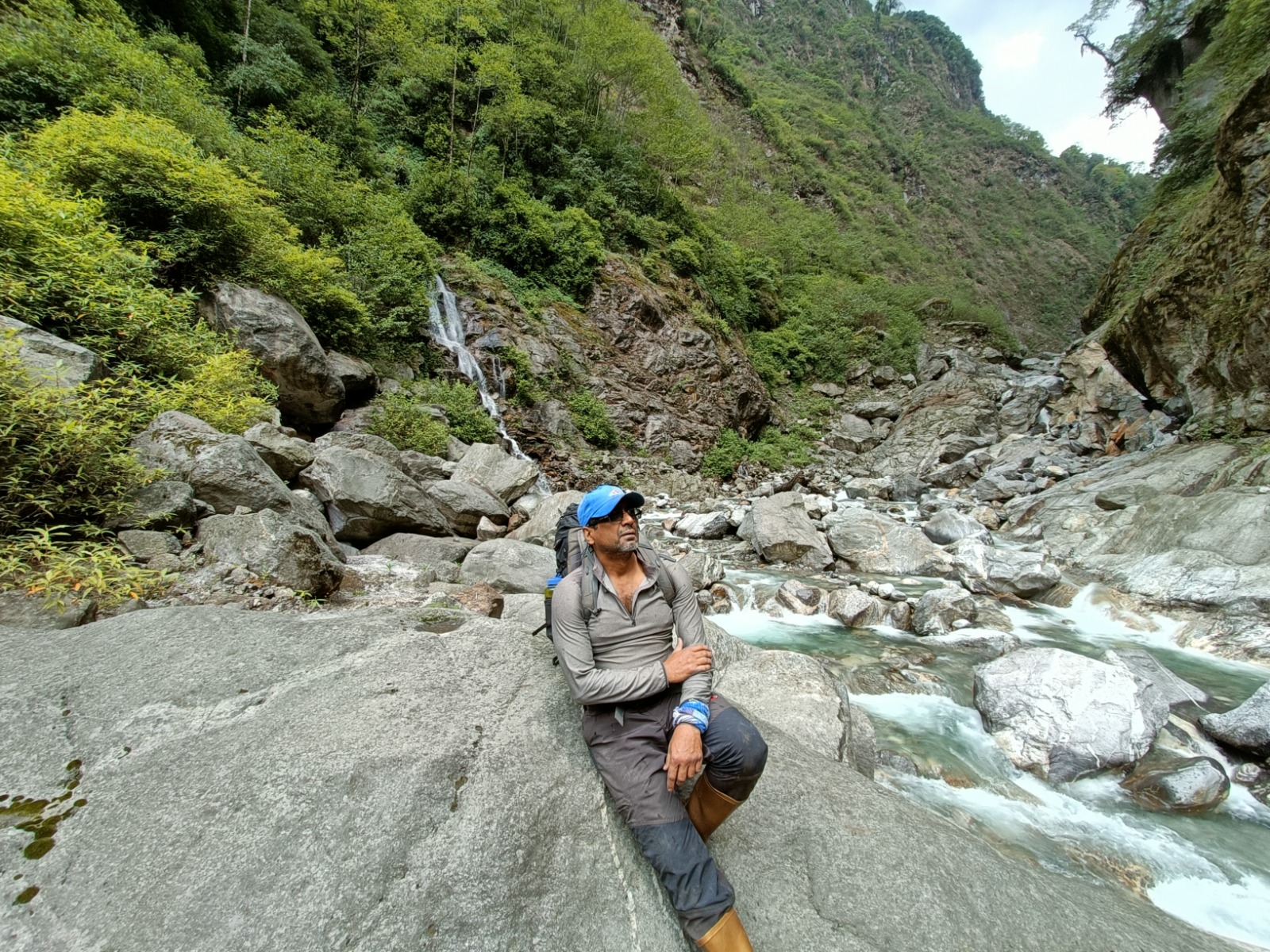The Change.org signature campaign for Shrinivas Sainis Dattatraya, Indian-origin Everest climber from Singapore, is yet to meet its goal of 35,000 signatures, a number that will enable the climber’s family to present the petition to the government authorities of Nepal and Tibet and mobilise “a special rescue team that is trained to operate in such risky terrain”. Shrinivas got separated from his group at an estimated altitude of 8,000 metres; the time taken in reaching the signature goal means the difference of life and death for the lost climber.
While hope lives until he is found, the time that has passed since Shrinivas was lost on Friday means that it would take a miracle for him to survive, in the opinion of veteran mountaineer Anindya Mukherjee, who is a two-time winner (2013 and 2023) of the Jagdish Nanavati Award for Excellence in Mountaineering, instituted by the Himalayan Club. The odds would be stacked higher against Shrinivas as he had frostbite and cerebral edema (water accumulating in the brain) when he was lost, said Mukherjee.
The most important question, asked Mukherjee in a conversation with Connected to India, was, “How did Shrinivas fall?” He was commenting on the information provided in the Change.org petition started by the family that “[Shrinivas] seems to have separated himself from the rest of his group and fallen down at around 8000m, likely onto the Tibetan side of the mountain”.
A mountaineer descending from the summit of Mt Everest would always be “clipped on to a fixed rope”, said Mukherjee, adding that his family should ask the expedition service provider company how Shrinivas could have “fallen”, assuming this was the information provided to the family by the Nepal-based company, Seven Summit Treks.
“He did not unclick himself from the rope. So, how did he fall?” asked Mukherjee. He said, “I have intentionally raised this question of falling. It can only happen if [Shrinivas] was abandoned by his Sherpa guides.”
The veteran mountaineer and mountain guide added that for someone with cerebral edema, the only chance of getting better would come from being “carried down, down, down, and being put in a hyperbaric chamber”.




